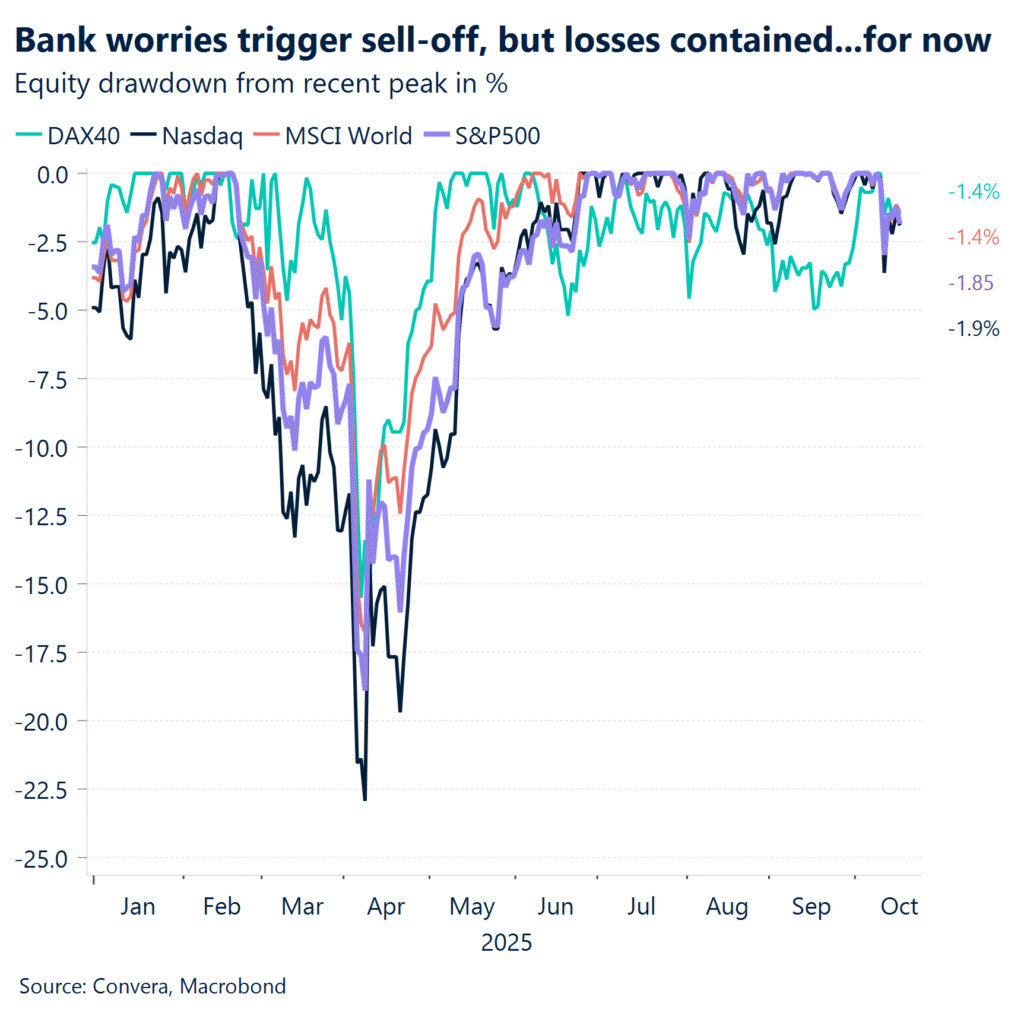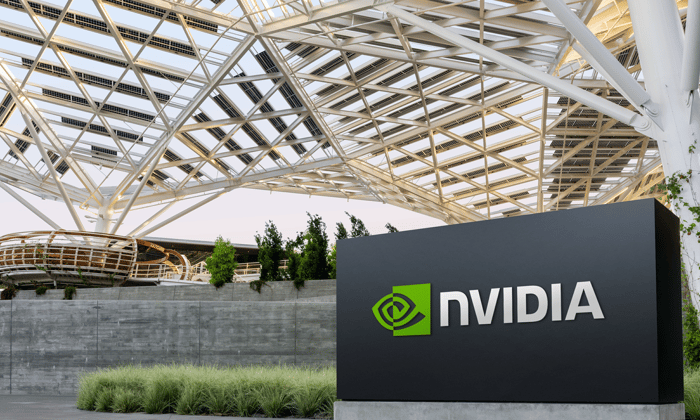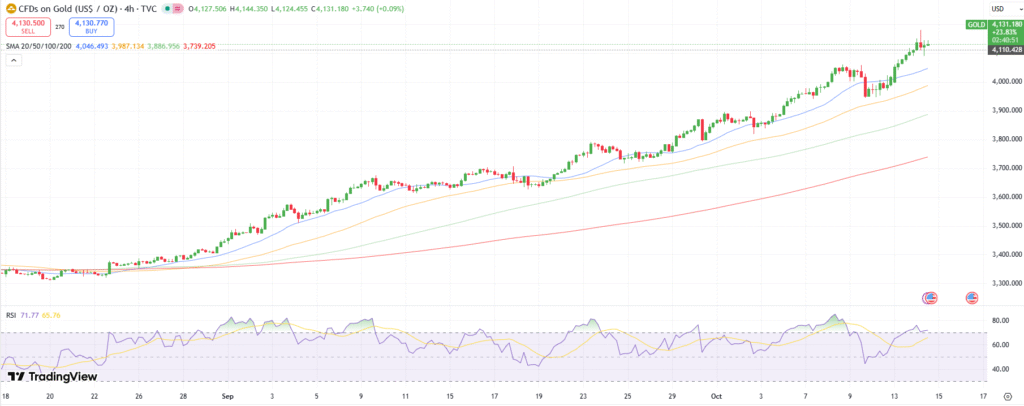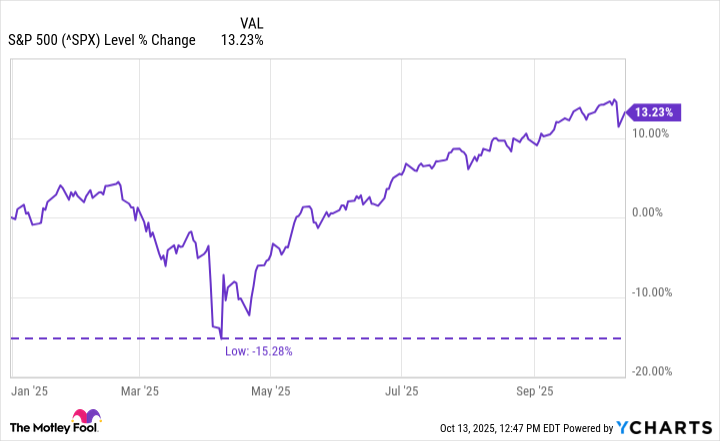Nvidia’s stock still has strong upside from here.
Nvidia (NVDA 0.86%) has grown to become the largest company in the world, but the question on many investors’ minds is if the company has more upside ahead in the coming years. The answer looks to be yes.
Powering the AI infrastructure ecosystem
Nvidia is much more than just a chipmaker that makes graphics processing units (GPUs). It is the company whose ecosystem is most responsible for powering the current artificial intelligence (AI) revolution that is taking place.
Nvidia’s biggest advantage starts with its CUDA software platform, which it developed to allow its chips to be easily programmable for tasks outside their original purpose of speeding up graphics rendering in video games. While it took time for other markets to develop, the company smartly gave CUDA away for free to universities and research labs that were doing early work on AI.
This led to nearly all foundational AI code being written on its software and optimized for its chips. Since rewriting code and retraining developers for another platform would be both costly and time-consuming, this has created a huge moat for the company. This can be seen both in the company’s market share and growth. Last quarter, it held a more than 90% market share in the GPU space, while its data center revenue climbed to $41.1 billion, up from just $10.3 billion two years ago.
Nvidia’s moat does not end with CUDA, though. It developed its NVLink interconnect to allow its GPUs to act as a single unit. That keeps customers from mixing in AI chips from other vendors in an AI cluster. Meanwhile, its 2020 purchase of Mellanox gave it a networking component that allows it to provide end-to-end AI factories. Last quarter, its data networking revenue nearly doubled to $7.3 billion, showing how important this has become to the company.
The company is not stopping there. Its up to $100 billion investment in OpenAI gives it a stake in one of the companies at the forefront of AI models and helps give one of its largest customers financing to buy or rent its chips. While OpenAI has struck deals with other chip companies, no one else is getting an equity stake in the ChatGPT maker.
AI infrastructure spending, meanwhile, is showing no signs of slowing. Nvidia estimates that the total addressable market for AI hardware and systems could climb from roughly $600 billion today to as much as $4 trillion in the next several years. Nvidia is bound to get more than its fair share of this spending directed its way.
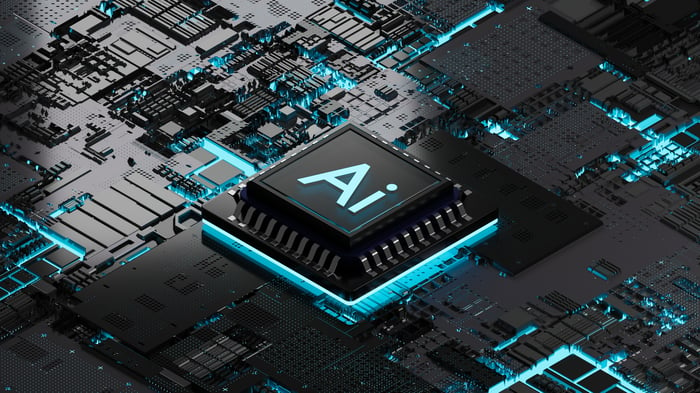
Image source: Getty Images.
Nvidia’s two-year outlook
Nvidia has indicated that it has the ability to continue to grow revenue at a 50% compound annual growth rate (CAGR) over the next few years. The revenue consensus for its current fiscal year ending in January is around $206.5 billion. At that pace of growth, its 2027 revenue (essentially its fiscal year 2028 ending in January) would be around $465 billion.
If the company’s adjusted operating expenses were to rise by an average of 7% quarter over quarter during this stretch and its gross margin remained around 73%, and we apply a 15% tax rate on its operating income, Nvidia could generate nearly $260 billion in adjusted earnings by 2028 (fiscal 2029), or $10.50 per share, at its current share count of 24.5 billion. Place a 25 times-to-30 times price-to-earnings ratio (P/E) multiple on the stock, and its share price would be between $265 and $315 in two years.
Here is a basic model of what its revenue and earnings growth would look like.
| FY2026 | FY2027 | FY2028 | |
| Revenue |
$207 billion |
$310 billion | $465 billion |
| Gross profit | $151 billion | $226 billion | $339 billion |
| Adjusted operating expenses | $21 billion | $27 billion | $35 billion |
| Operating income | $130 billion | $199 billion | $304 billion |
| Net income | $110 billion | $169 billion | $259 billion |
| EPS | $4.50 | $6.88 | $10.51 |
Data source: Estimates based on author’s calculations.
All this means that while Nvidia’s stock has been a huge winner already, it still has plenty of upside potential over the next two years and beyond.
Geoffrey Seiler has no position in any of the stocks mentioned. The Motley Fool has positions in and recommends Nvidia. The Motley Fool has a disclosure policy.


